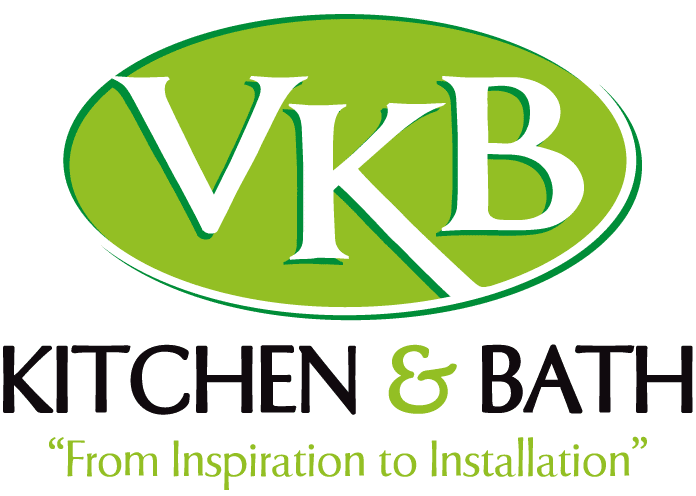The type of flooring you choose makes a huge difference to the look and feel of the room. Today there are seemingly endless choices whether its material, color, pattern, size, or grade. So… no pressure, right? Fortunately, we’re here to help with a list of five common, quality flooring options to ensure that you make the right choice that is perfect for your own style, statement, and function.
Hardwood
First up is the classic integrity of hardwood flooring.
Representing a combination of timeless beauty and durability, this is typically on the upper level of pricing.
The choices are vast, from oak to maple, to birch, pine, cherry, and beyond (exotic woods, aged reclaimed hardwood, etc) and provide sturdy, water- resistant support that can be sanded and refinished over time.
Though aesthetically appealing, this tends to favor areas with little to no moisture (avoid kitchens, laundry rooms, bathrooms, etc) for practical purposes, as wood tends to become damaged by long term exposure to such elements.
Engineered Hardwood
If the price tag on hardwood tends to give you pause, there is now another option that retains the look!
Engineered Hardwood is cleverly disguised as hardwood due to the fact that it’s top layer (3/8” to 3/4” thick) is actual hardwood.
Combining an interior layer of plywood, this flooring is far more low maintenance and provides a sturdy, more weather-resistant option.
Given that the hardwood veneer is extremely thin, it does lack the ability to be refinished.
It also brings a lesser return in home resale, but if you want a convincing look of any number of wood flooring types without the hefty price tag, look no further.
Ceramic or Porcelain Tiles
In the realm of classic flooring, perhaps nothing quite fits the category like ceramic or porcelain tiles, as it truly can work in any room in the house.
Installation is the biggest factor in determining cost since you will want a reputable and skilled person.
The hard protective top layer makes it virtually impervious to spills, stains, and water (especially great for high humidity areas).
Even though it’s incredibly easy to clean, the cold and hardness can make it less comfortable, especially in colder climates.
However, for durability and longevity, you may really find a perfect look with it.
Laminate
If you’re on a tighter budget or simply like to change the look frequently, laminate may be optimal for you.
With a slew of colors, patterns, and styles, it can recreate the look of a more expensive flooring at a fraction of the cost.
Clean up and care is also a breeze, thanks to the durable surface.
As with most lower-priced materials, laminate is not made for a long haul and can fade, warp, and stain over time.
Fortunately, there are countless manufacturers with high quality work that very closely resembles hardwood, marble, patterned, or any other look you may be aiming for.
Luxury Vinyl Tiles
If wood or natural stone is your desired look, but the price is not necessarily your desired plan, you don’t have to hang it up.
In more recent years, Luxury Vinyl Tile (LVT) has risen to a place of popularity in the flooring industry, especially challenging lower priced, more cheaply constructed laminate.
As an added bonus, it’s both quieter and more slip resistant and softer and warmer for feet.
The advantage of LVT is that the quality bridges the gap as the middle ground between the former options of laminate and the natural product itself (stone, wood, etc).
It is meticulously designed to mimic the real thing, all the way down to texture and feel (sometimes including the looks of embossing, nail holes and scraping) and even down to details such as installation including grout.
Choosing your flooring type
Once you’ve decided how you’d like to begin to make your house a home, visit VKB Kitchen and Bath to get you steered in the right direction for all of your flooring plans and needs.
Frequently Asked Questions
Q1: What are the advantages of hardwood flooring?
Hardwood flooring offers timeless beauty, durability, and the ability to be sanded and refinished over time. However, it’s best suited for areas with little to no moisture.
Q2: How does engineered hardwood differ from traditional hardwood?
Engineered hardwood consists of a thin layer of actual hardwood veneer on top of plywood, making it more affordable and weather-resistant. However, it cannot be refinished like traditional hardwood.
Q3: What are the benefits of ceramic or porcelain tiles?
Ceramic or porcelain tiles are highly durable, easy to clean, and impervious to spills and stains. However, they can feel cold and hard underfoot.
Q4: What are the pros and cons of laminate flooring?
Laminate flooring is budget-friendly and comes in various styles, but it may not last as long as other options and can fade, warp, and stain over time.
Q5: Why consider luxury vinyl tiles (LVT) for flooring?
LVT offers the look of wood or natural stone at a more affordable price point. It’s durable, slip-resistant, and softer underfoot, making it a versatile option for various spaces.



